Tagua Nut Guide: South America’s Vegetable Ivory (Vegan, Sustainable)
Tagua nuts are vegan, sustainable faux ivory product grown in South America. Learn about this beautiful jewelry product grown by tagua palms in the Phytelephas genus. If you’re wondering what tagua is, how it’s used and where it comes from, you’re in the right place.
What is Tagua Nut?
Tagua (also known as vegetable ivory) comes from a type of nut that grows on a palm tree. When mature the nuts are dried and then cut or carved into beautiful sculptures, jewelry, and souvenirs.
The nuts are non-toxic, eco-friendly, and sustainable. They are harvested without harming the trees which result in protecting the rainforest and its animals.
They are often dyed before being made into jewelry but are also used without dying. When natural you can see where the ivory comparison comes from because once the brown outer layer is removed the nut is a beautiful ivory color, perfect for carving.
What is a Tagua Palm?
The tagua nut palms are in the genus Phytelephas. There are seven species, but only four that grow nuts used in production, the other two are not used on a large scale.
The four species of tagua nut palms and where they are found:
- P. aequatorialis (Ecuador ivory palm) – Ecuador
- P. schotti (Colombian ivory palm) – Colombia
- P. tenuicaulis – Peru, Colombia, Ecuador
- P. macrocarpa (Large fruited ivory palm) – Brazil, Colombia, Peru, Bolivia,
The genus name Phytelephas means “elephant plant” because of how closely the interior of the nut resembles elephant ivory.
It’s easy to see why people love this type of ivory, it so closely resembles elephant ivory but causes no harm!
These trees are often called tagua palms, ivory-nut palms or ivory palms. Only the female of these species produces tagua.
There are other types of palm trees that grow nuts similar to the above species but this article focuses on the tagua that comes from the palms mentioned above. And specifically P. aequatorialis – the Ecuador ivory palm.
This palm is known as the Cade Palm in Ecuador.
It can take abut 10-15 years before the palm produces nuts, but once it starts it can keep producing for a long time, decades.
How big is a Tagua nut?
Each tagua nut is around 5-7 cm (2 to 3 inches) long and usually up to 5 cm (2 inches) in diameter, but can be smaller or larger. They are round/oval and covered in a dark brown skin.
The nuts are found within a larger husk that is thick and covered in spines. Each spiny husk usually contains around 4 or 5 seeds/nuts.
The palm trees (P. aequatorialis) grow to about 8 meters (26 feet) high.
Are Tagua nuts edible?
Yes, the nuts are edible (before being processed for jewelry).
They are usually eaten before becoming completely mature while they are still soft, or in a liquid state.
I haven’t tasted them but I’ve heard that they have a slightly sweet flavor. And while still liquid, they have been compared to coconut milk.
When they firm up a bit but are still soft and gelatinous they are often mixed with fruit and eaten like a fruit salad, or are made into a jelly type spread.
Once fully mature the nuts are harvested and after about 2 to 3 months of drying become very hard. At this stage, they can be made into an edible ground nut-meal.
You can see both their liquid and jelly-like soft stage in the following video.
Interested in learning more about Ecuador food? Check out this guide to traditional food.
Where does Tagua nut come from?
Tagua is mainly grown in the tropical forests of South America. And most commonly comes from the nuts of palm trees in the genus Phytelephas.
It seems that most of the tagua from large scale production comes from Ecuador, Columbia, and Brazil, but you can find tagua from other countries as well.
The P. aequatorialis or Ecuador ivory palm is found mainly on the Coast of Ecuador and at up to 4,500 feet.
What is Vegetable Ivory?
Vegetable ivory (also called tagua) is what many call the nut from a palm tree grown in South America. The interior of the nut looks just like elephant ivory, it even has a natural shine.
But vegetable ivory is vegan because it comes from a tree and is in no way related to elephant ivory. It’s also called palm ivory.
Because it is hard, shiny, smooth and easy to carve it is very popular for jewelry making and carving into small sculptures. I bet if elephants could talk they would praise it too!
How to identify ivory vegetables
Vegetable ivory grows on a palm tree. The ivory-colored nuts are found inside of thick spiny pods, or mocochas.
There are about 10 large round mocochas growing on each tree. They are found at the base of the green palm leaves. Each mococha holds around 50 to 100 nuts.
When mature they fall to the ground or are harvested. The mocochas are made up of tightly packed spiky sections. Inside of each section, you’ll find 4 or 5 round/oval dark brown nuts. The nuts are left to dry for a few months.
When the brown skin is removed from the nut you see the ivory vegetable or tagua nut.
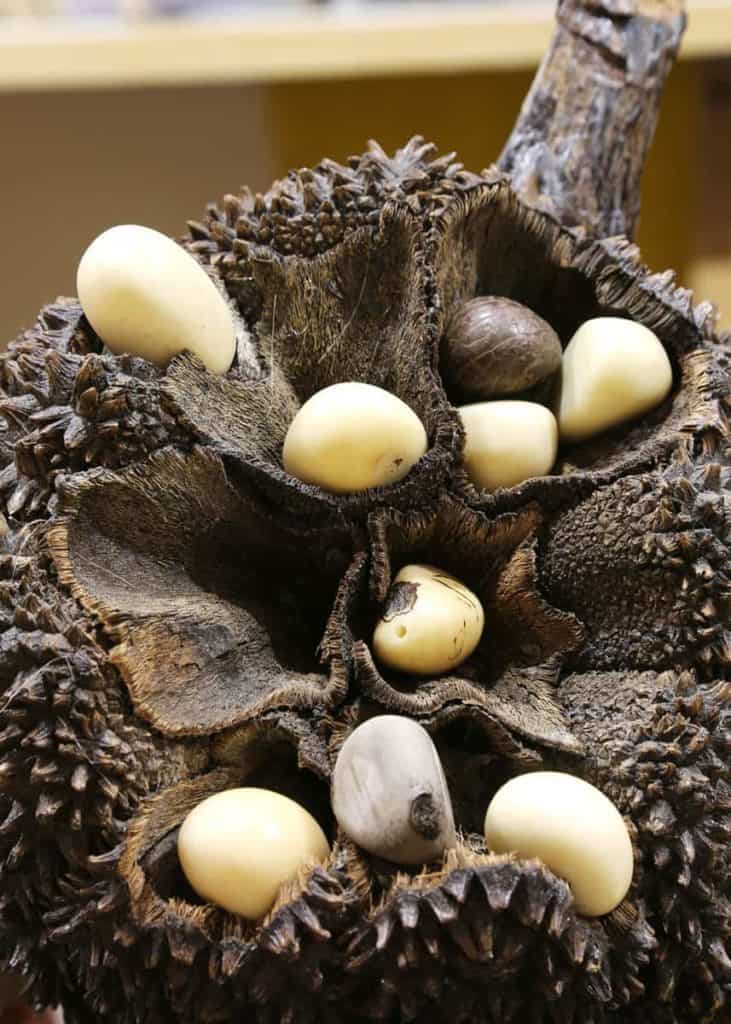
What is tagua nut jewelry?
Tagua jewelry is usually made from the seeds/nuts of the Phytelephas palm trees.
These nuts are ivory in color but are often dyed before being made into jewelry. Vegetable dye is often used for tagua jewelry.
There is a rough brown skin on the nut which is often removed from the nut before processing but sometimes parts of it are left as a design element.
The nuts are usually round and about 5-7 cm (2 to 3 inches) long. They are cut into interesting shapes before being polished (with little marble stones) in a drum and then dyed. Jewelry is also made from natural/undyed tagua.
Once dyed they are polished again with little bits of wood and wax to add shine, then made into beads for jewelry making.
This jewelry is often handmade and each piece is unique because of the shape and coloring of the nuts.
Tagua nut jewelry is made as:
- Necklaces
- Bracelets
- Earrings
- Rings
- Belts
- Hair clips
- Broaches
It is also very popular to find buttons made of tagua. At one point (in the 1920s) 20% of the buttons made in the USA were tagua.
The following video shows how tagua jewelry is made from harvesting the nut to finished product.
Where to Find Tagua Nut Jewelry
Hopefully you can pick up some jewelry when you’re traveling in South America. My favorite place to find it was the artisan shops at Casa de la Mujer in Cuenca.
But if you’re kicking yourself because you forgot to get some check out these items.

 Organic Tagua Bracelet
Organic Tagua Bracelet
This tagua bracelet is handmade in Ecuador. It stretches to fit a 7 to 8 inch wrist.
The shape and color will vary a little as with all tagua jewelry. Check current price on Amazon.
Multicolor Tagua Necklace
This necklace is handmade and tied together with cotton cord. It’s got bright colors and a natural edge.
Check current price on Amazon.

 Turquoise Dangle Tagua Earrings
Turquoise Dangle Tagua Earrings
These lightweight earrings are handmade in Ecuador. They are lead-free, nickel-free and hypoallergenic.
The color and size may vary a little because each piece is unique, and lighting also makes a difference.
Check current price on Amazon.

 The “I Love You” Tagua Nut
The “I Love You” Tagua Nut
This is a whole engraved tagua nut, it says “I Love You”. It hasn’t been cut to shape so you’re getting the natural nut.
It’s made in Ecuador and engraved in the USA. It comes in a little 2-inch square gift box with an information card stating a few tagua facts.
Check current price on Amazon.
4 Cautions with Tagua Nut
As mentioned above the tagua nut is non-toxic (before it’s dyed and processed) but there are some cautions you may want to take to keep your jewelry and sculptures looking their best.
- Tagua is susceptible to water damage. A little bit of water isn’t going to hurt, if for example it gets splashed or you wipe it off with a damp cloth. But if it sits in water, or is left out in the rain it could become soft and suffer damage.
- Dyed tagua is also likely to fade from sun exposure. So keep your tagua jewelry away from sunlight during storage.
- Tagua nuts also attract little bugs that like to burrow into it. So when you are choosing jewelry, sculptures and other souvenirs look for signs of holes where bugs may be hiding – if you see little holes choose a different piece of tagua. Tagua with little bugs will be confiscated at the airport.
- This is a natural seed/nut, so mentioning you have tagua products when going through customs will keep you “better safe than sorry”.
Tagua and You
I’m not sure about you but one of my favorite souvenirs from Ecuador is my tagua jewelry. I loved watching the artisans work with it when we would visit their shops.
I wish I had gotten more of it, and some sculptures too.
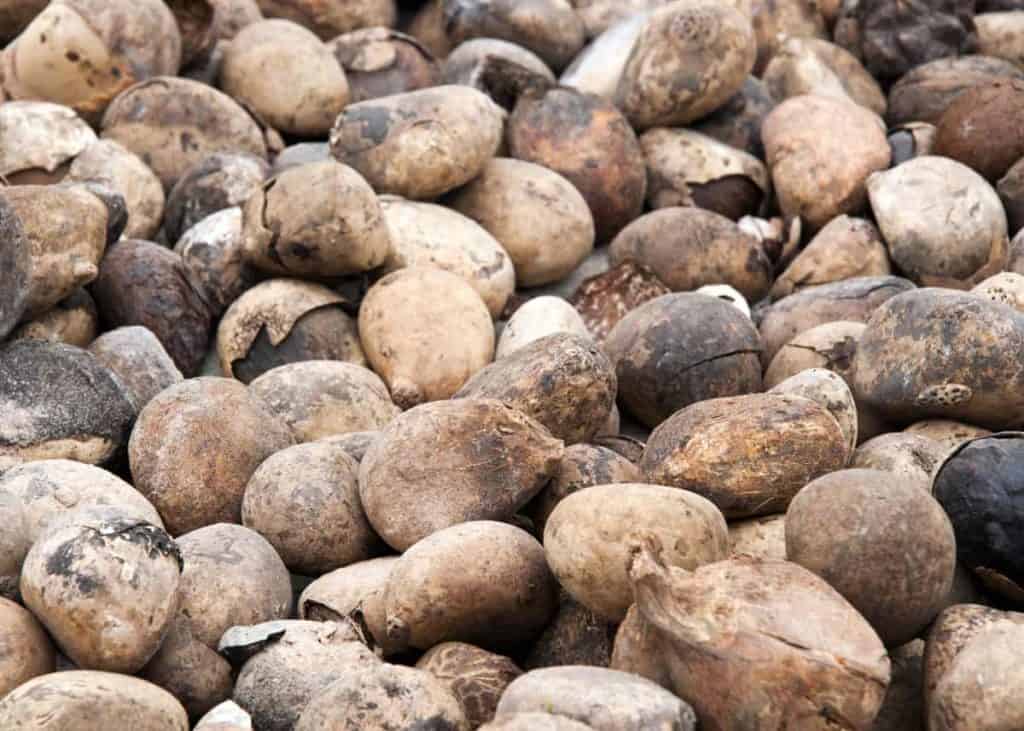
From nut to necklace, a beautiful transformation! 🙂
Do you have any jewelry or interesting little souvenirs? Please tell me about your favorite pieces by commenting on this post. And if I’ve missed any tagua nut facts please share them as well.

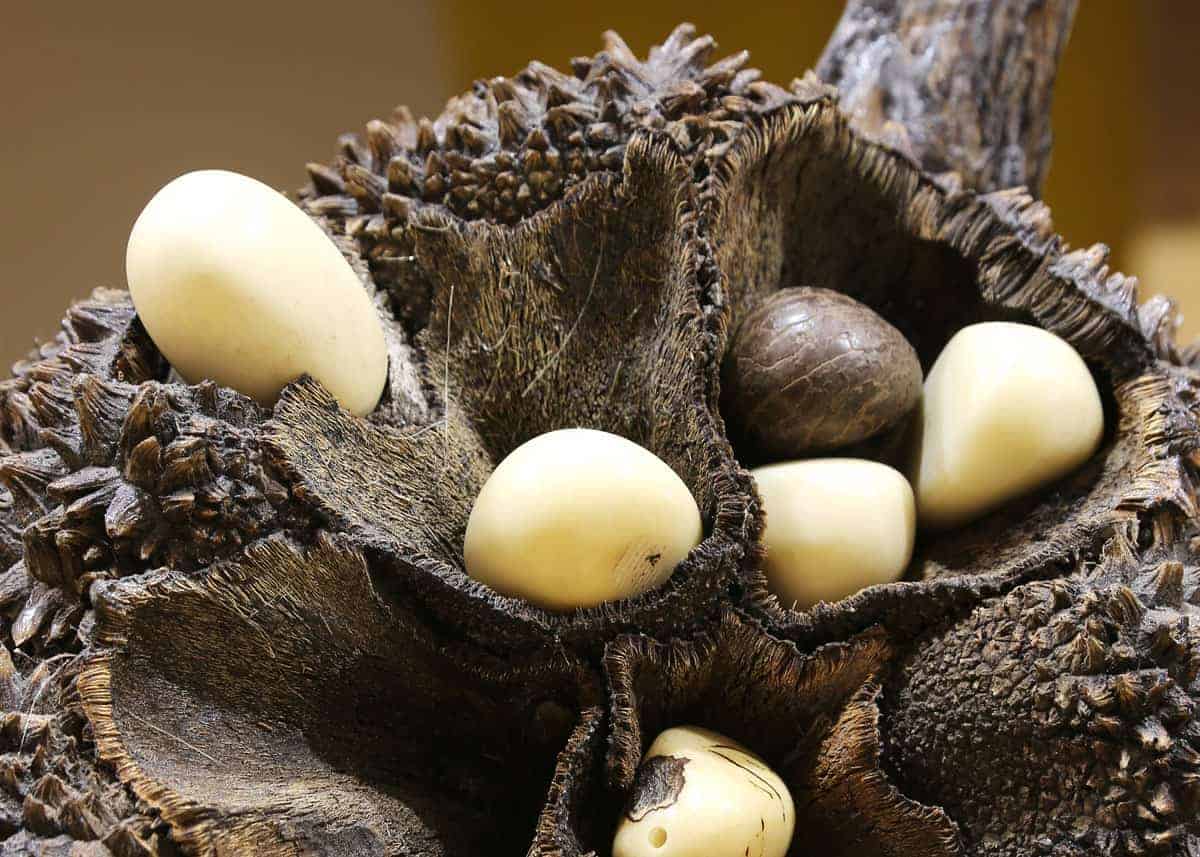
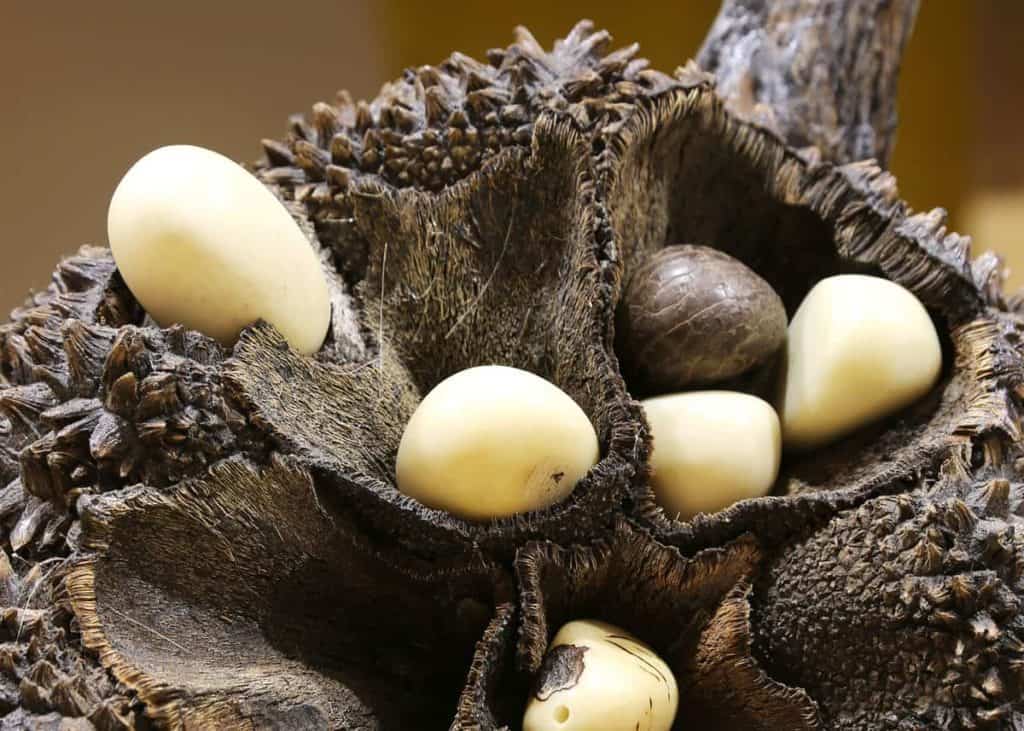
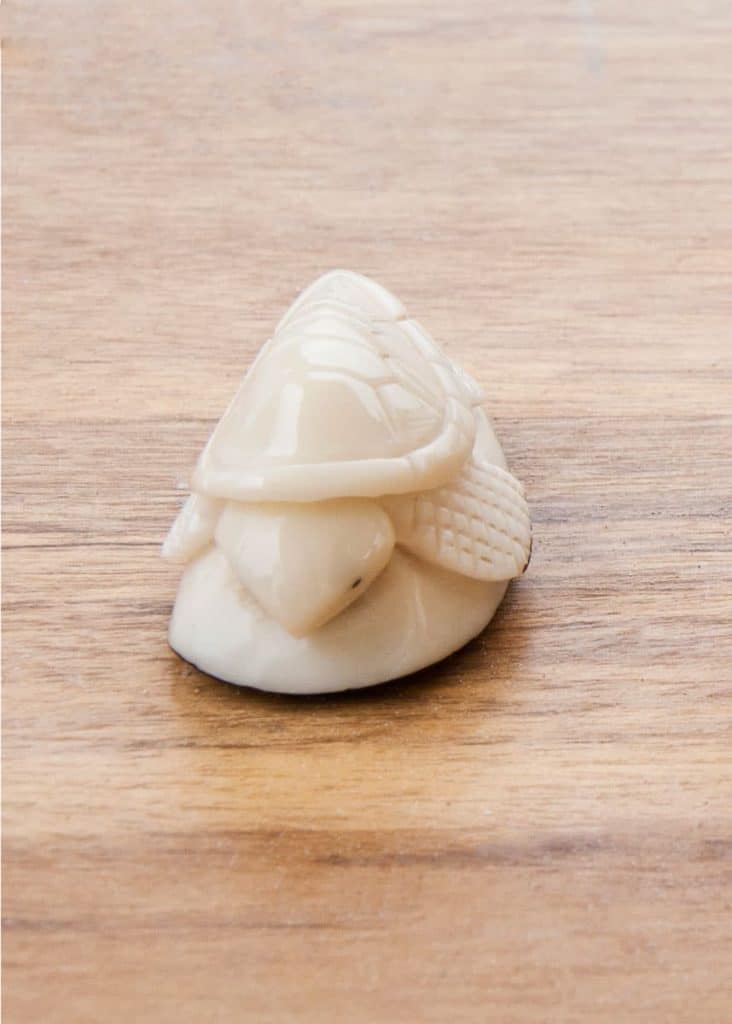
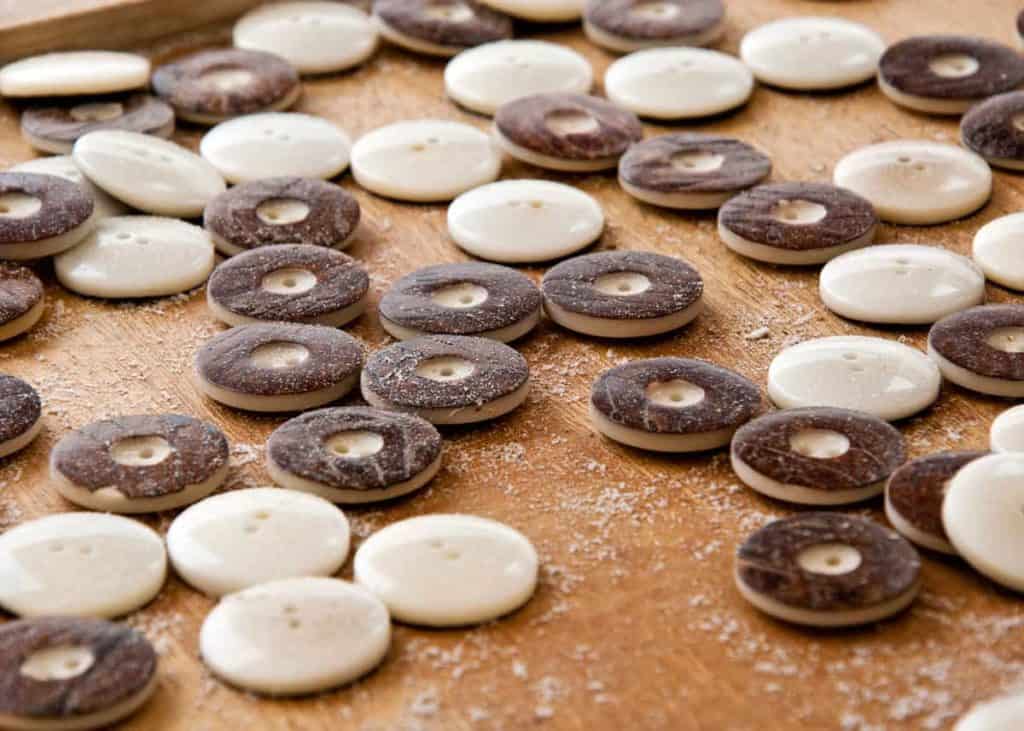
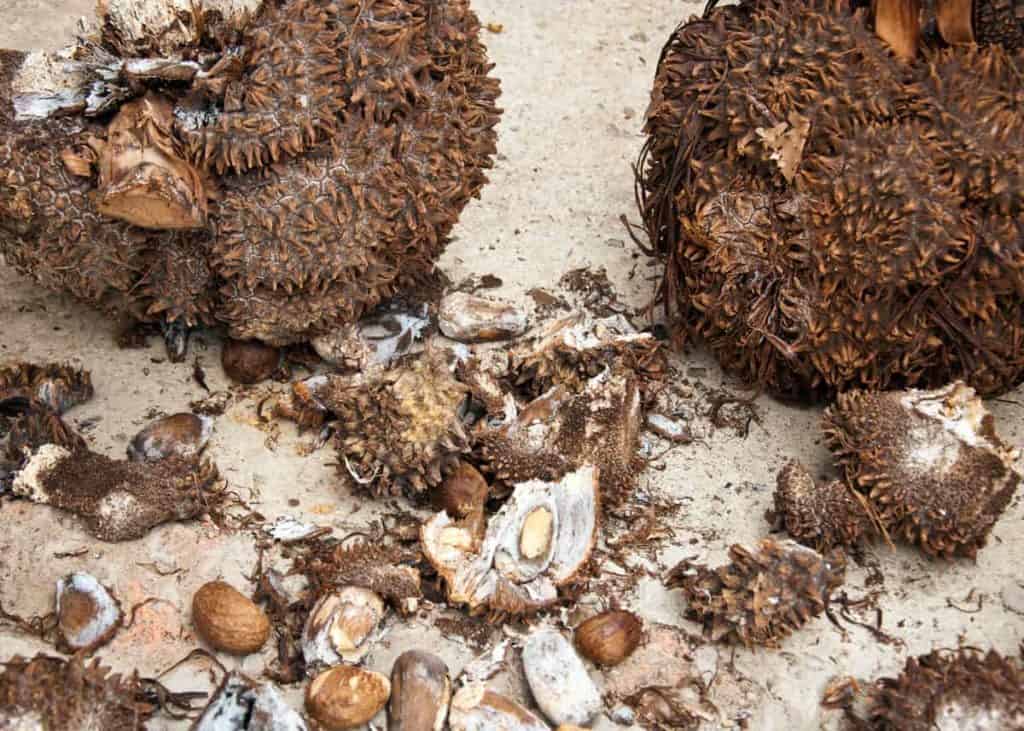
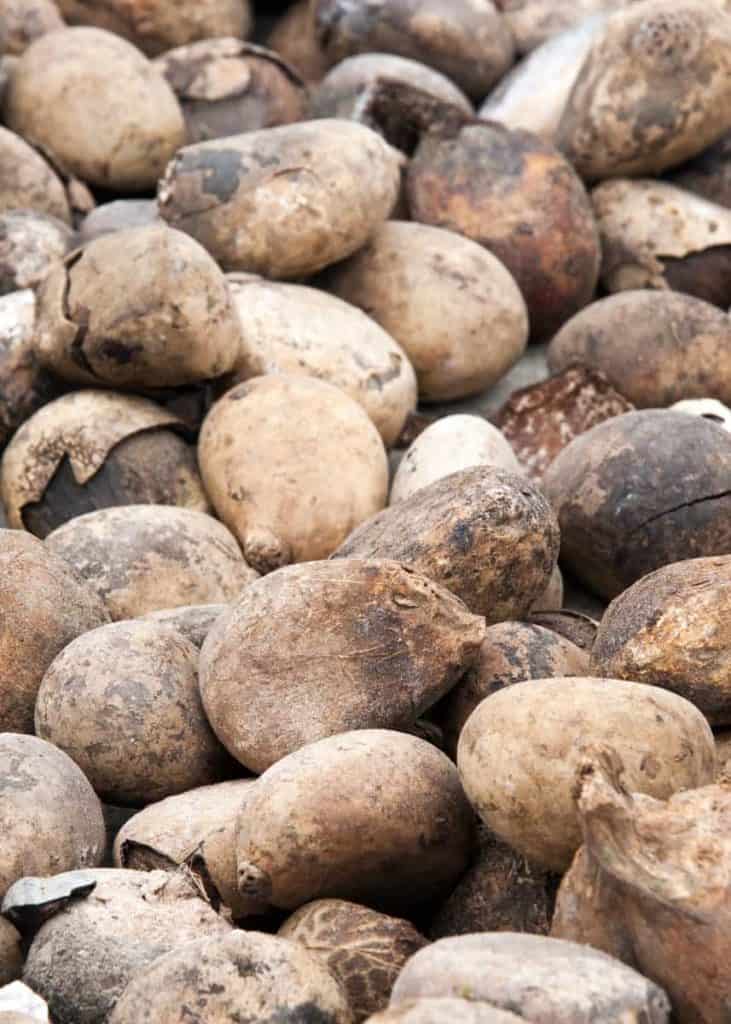
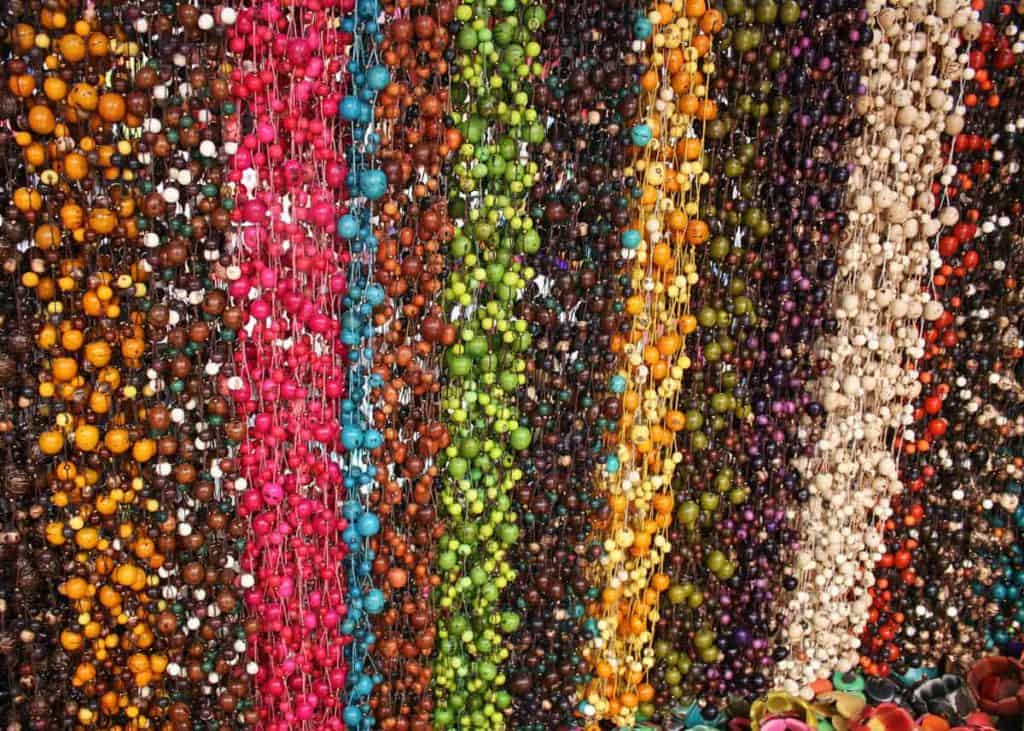
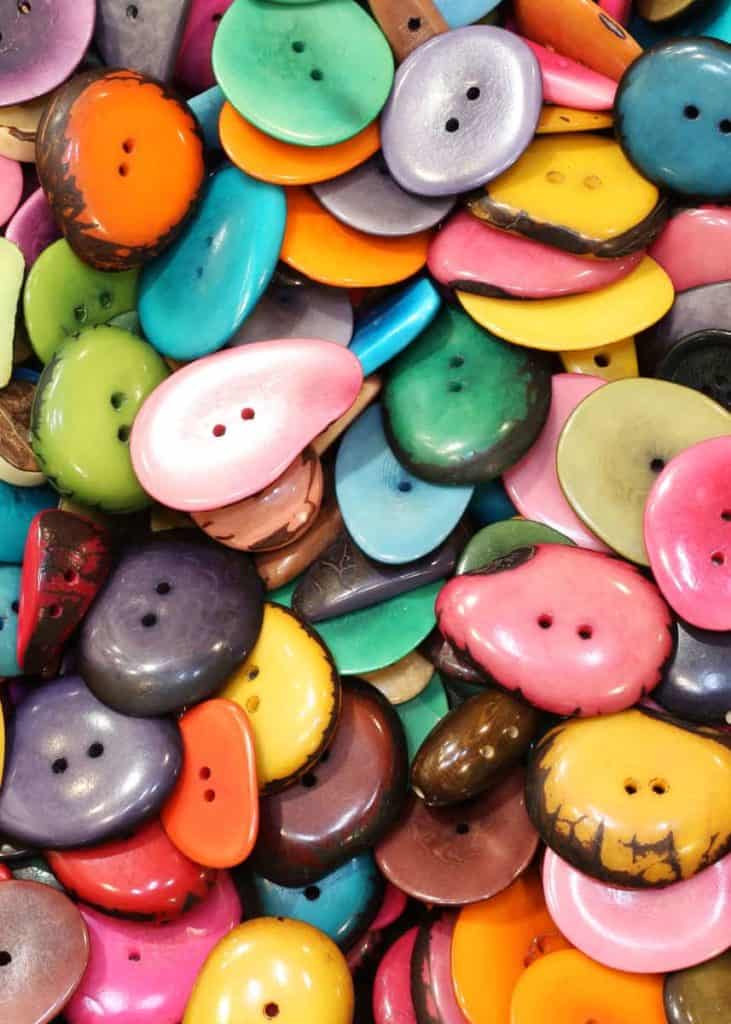
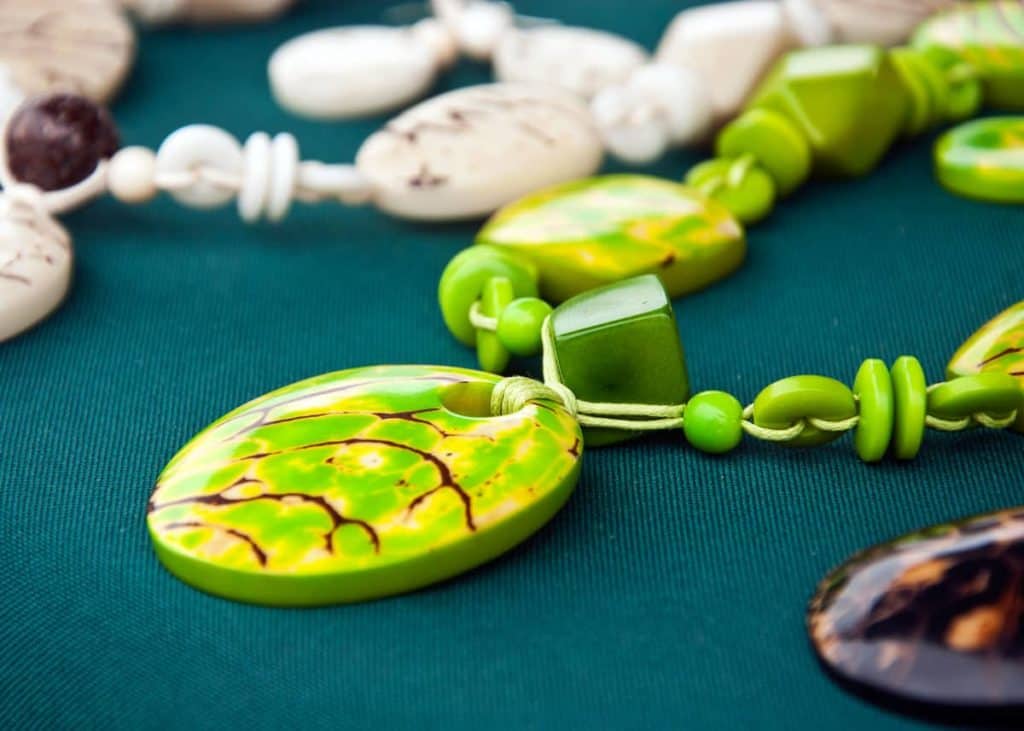
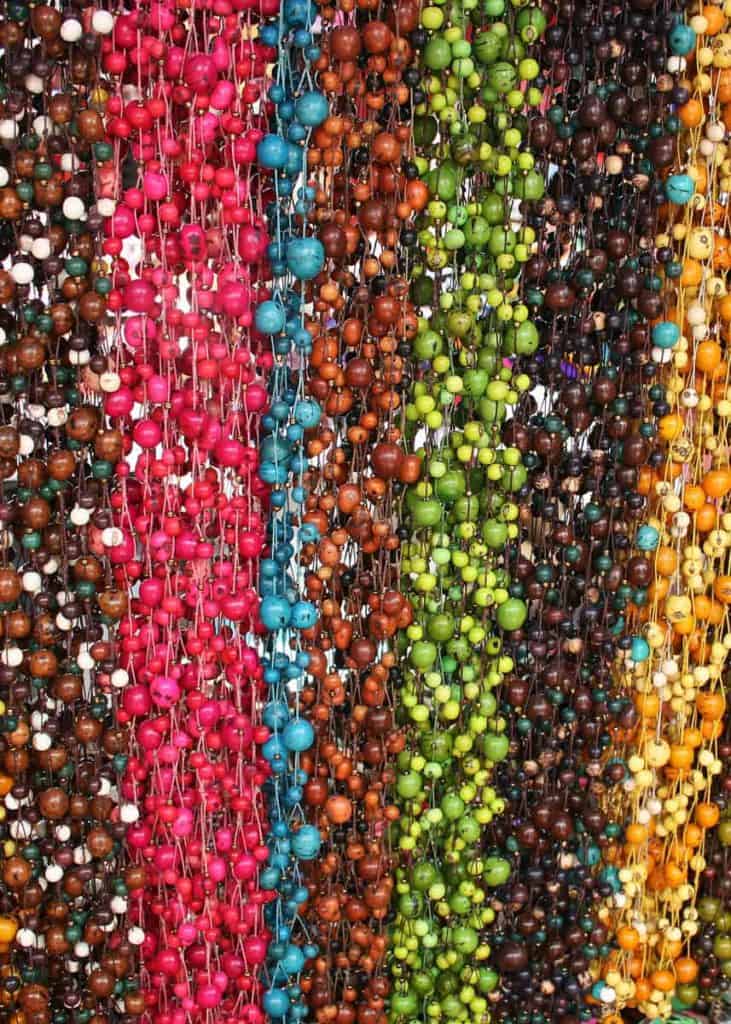




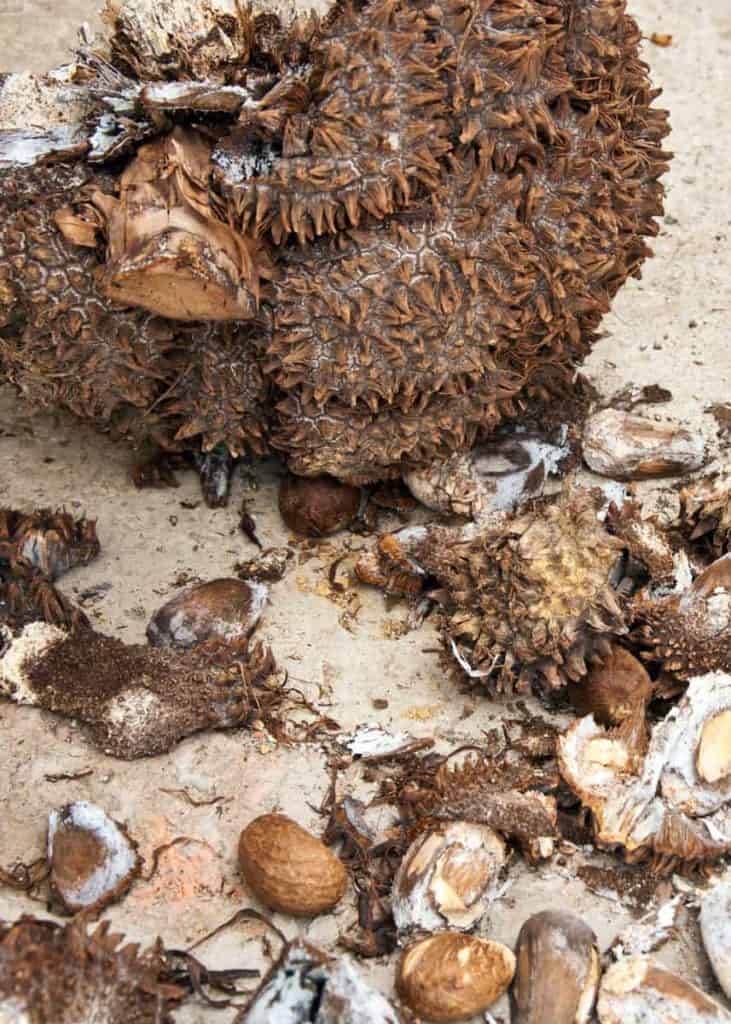
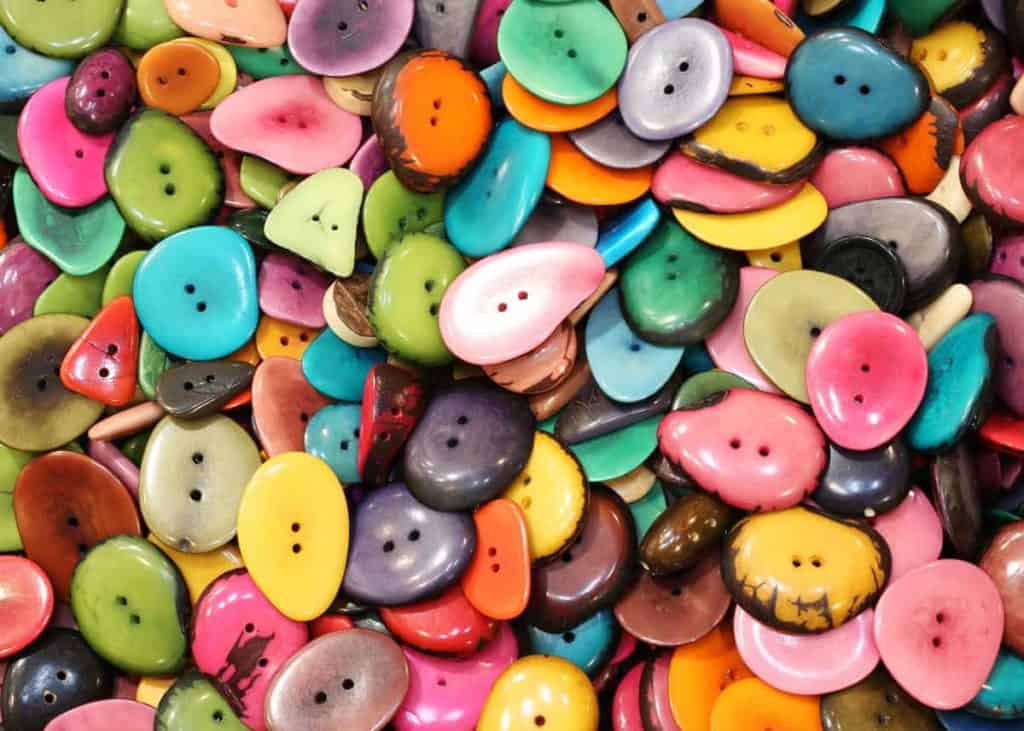
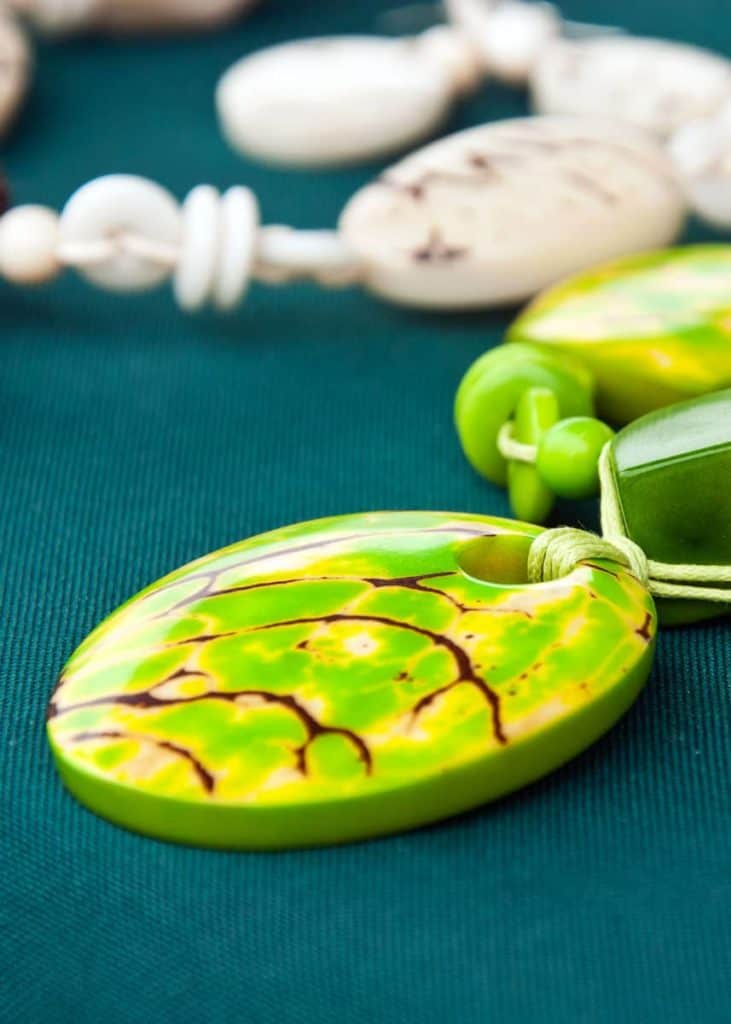
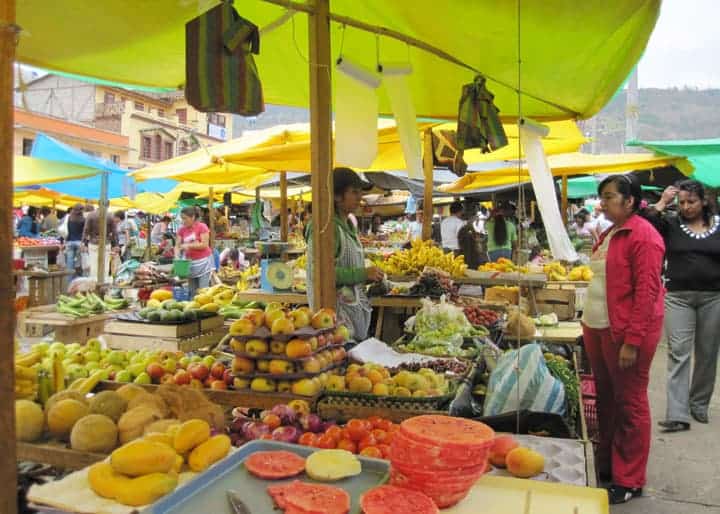
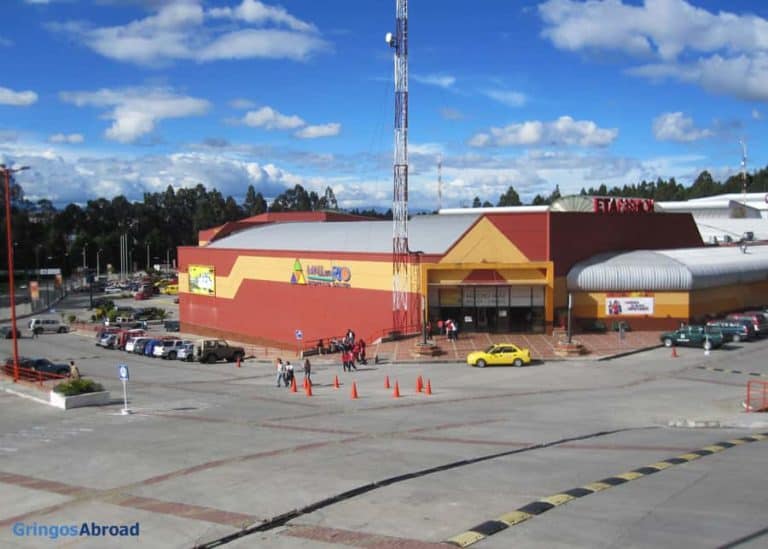
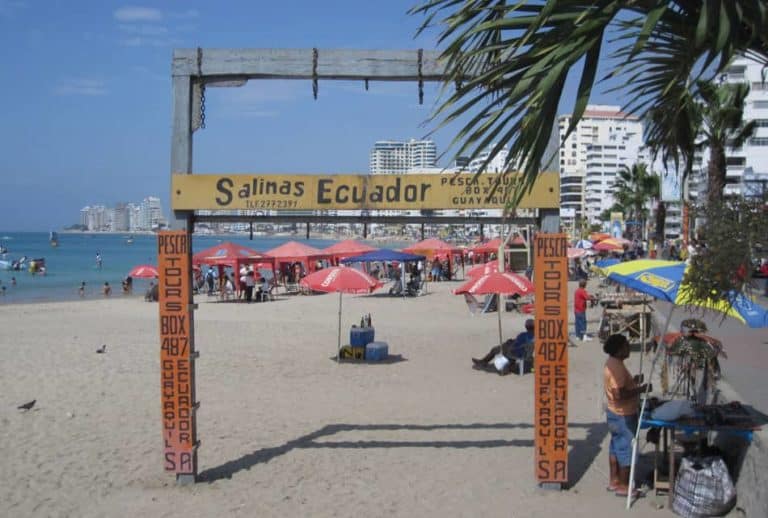

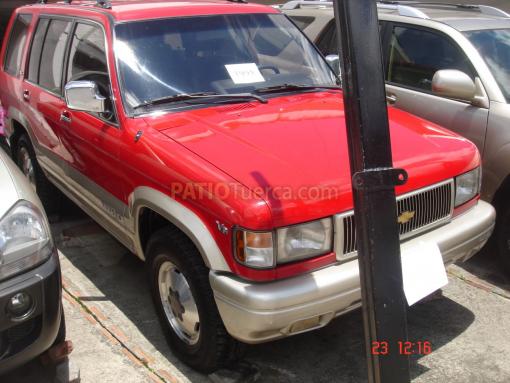

I’ve been seeing lots of larger sized tagua nut carvings for sale online. I am wondering how they make these large ones when the nuts themselves are so much smaller?
what do you think about the idea of using tagua ivory to fabricate dental crowns? the mouth is a constantly moist area. Will the wet environment of the oral cavity damage the surface of the crown?
The material is too soft to use in an application like that. I doubt it would last more than a few days.
Hello,
Thank you for this wonderful article. I have been studying Taugua for 25 years now and this article is a nicely succinct explanation of its origin and uses.
What I am really interested in now is if you have seen or know about Taugua plantations and where they are. I have wanted to explore the use of Taugua to make button like they were in the past. I thing it would be a good substitute for clothing article claiming low carbon footprint. The problem is that artisan demand has increased its prices making it uneconomic for that purpose unless you have your own plantation.
Thank you,
jerry clark
one.earth.2017@gmail.com